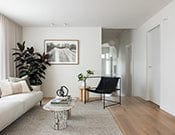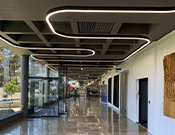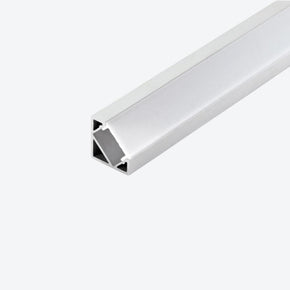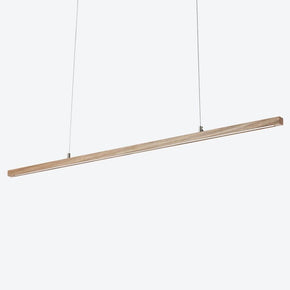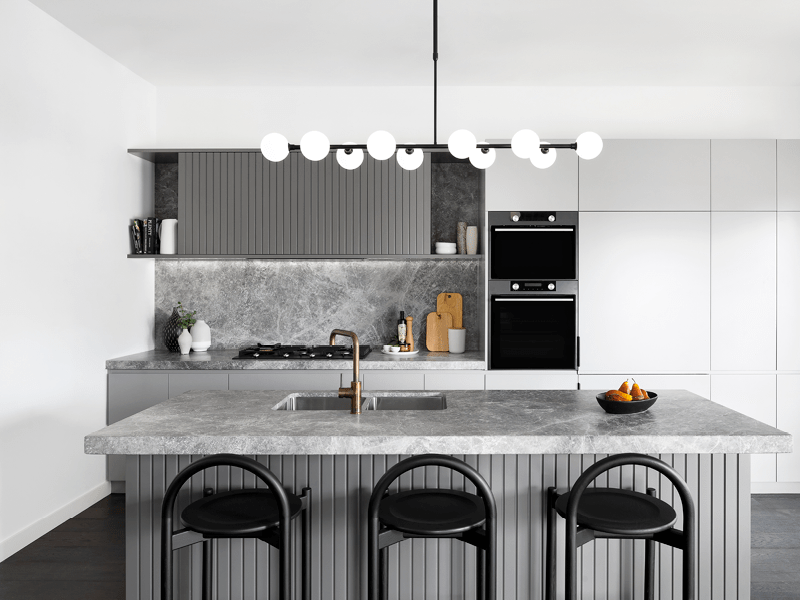- No products in the cart.
- ``
How to light your bathroom: A guide to picking safe, functional and beautiful bathroom lighting
19
Oct
So, you need lights for your bathroom?
You want your bathroom to look like all the picturesque, jaw-dropping images you’ve scrolled past on Instagram or Pinterest during your many hours of research, but where do you start?
There are two main things you’ll need to consider when choosing a suitable fitting for your bathroom:
- Safety regulations
- Where you need lighting in your bathroom
First, the safety regulations
We all know water and electricity don’t go particularly well together. That’s why Australia has clearly defined regulations around lighting in bathrooms. Unfortunately, the regulations mean you can’t always have what you initially envisaged, but these regulations are important for keeping you safe.
The regulations can be overwhelming to understand, so we’ll summarise the basics for you.
Bathroom zones

In Australia, bathrooms have zones that tell us what lighting can be used within certain distances of water sources. There are four zones:
ZONE 0 = Inside shower base and inside a bath or basin.
ZONE 1 = Outside ZONE 0. For bath and shower, it’s a vertical projection of ZONE 0 up to a height of 2.5M. Above 2.5M is officially considered outside the zone. It also includes the area 1200mm radius from fixed plumbing connections in your shower (that’s your shower rose or head).
ZONE 2 = 600mm radius outside ZONE 1 of bath and shower AND 150mm outside the vanity basin and a 400mm vertical projection above it.
ZONE 3 = outside ZONE 0, 1 & 2 .
IP ratings
What’s an IP rating? Well, all light fixtures have an IP (Ingress Protection) rating that denotes how protected the electrical components are from dust and water getting into the fitting where the electricity is. Each zone requires lighting with different IP ratings.
The guide below should be used for domestic or residential builds only and does not apply to communal or commercial projects.
|
The first number indicates protection from foreign bodies and particulate ingress |
The second number indicates protection from moisture ingress |
|
0 or X |
Not rated for protection against ingress of this type. | 0 or X | Not rated for protection against ingress of this type. |
|
1 |
Protection against solid objects larger than 50mm (accidental hand contact with open palm). | 1 | Protection against vertically falling droplets, such as condensation. |
|
2 |
Protection against solid objects larger than 12mm (accidental finger contact). | 2 | Protection against vertically dripping water when the object is tilted up to 15° off its normal position. |
|
3 |
Protection against solid objects larger than 2.5mm (tools and wires). | 3 | Protection against direct moisture spray at angles up to 60° off vertical. |
|
4 |
Protection against solid objects larger than 1mm (fine tools and wires, nails, screws, larger insects and other potentially invasive small objects). | 4 | Protection against splashing water from any direction, tested for a minimum of 10 minutes with an oscillating spray. |
|
5 |
Partial protection against dust and other particulates. | 5 | Protection against low-pressure jets (6.3 mm) of directed water from any angle. |
|
6 |
Full protection against dust and other particulates, including a vacuum seal. | 6 | Protection against powerful jets (12.5 mm nozzle) of directed water from any direction. |
|
|
7 | Protection against full immersion for up to 30 minutes at depths between 15 cm and 1 metre. | |
|
|
8 | Protection against extended immersion under higher pressure (i.e. greater depths). | |
|
|
9K | Protection against high-pressure, high-temperature jet sprays, wash-downs or steam-cleaning procedures. |
What IP ratings do I need for which zones?
ZONE 0 = IP68,
You will need to use underwater rated fittings that are also rated for baths and showers.
ZONE 1 and 2 = IP44 OR IP65.
IP65 is a much stronger seal than IP44, but both comply.
ZONE 3 = ANYTHING YOU WANT!
It’s not defined in the Australian Standards, however, you should always consider steam in a bathroom and ideally only choose sealed fittings to avoid moisture problems.
Next, consider where you need lighting in your bathroom
While you don’t need to light every corner of your bathroom to have a well-lit functional space, there are four different types of lighting you will want to consider using to create the perfect atmosphere. These are:
Mirror lighting

You’ll want some task lighting around the mirror so you can see what you’re doing when you’re brushing your teeth or applying makeup. The best placement for mirror lighting is at eye level either side of the mirror. This will allow for even spread of light on your face.. For this, we’d recommend wall lights. Avoid placing lights behind you (such as downlights in the middle of the bathroom) as these will cast ugly shadows. Directional lighting above the basin is suitable, just remember, don’t have the mirror lights behind you! For these lights, you want to pick a light with high CRI and lumens or wattage, so you are using good quality light that is nice and bright.
Feature lighting

Bathrooms don’t need to be boring. Add a feature light, such as a stylish pendant or wall light. Feature lights can be practical if used as task lighting or simply decorative if you just want something pretty to look at while you’re daydreaming in the bath.
Ambient lighting
One of the best ways to use LED strip lighting is to place it under vanities, in skirting or cornices or in a shower or bath niche. Tucked away out of site, strip lighting produces ambient, indirect light to warm up your bathroom. This is also useful as a night light!
General lighting

For your general lighting, you can use a combination of task, feature and ambient fixtures. Or it could be its own light source. Just be careful - you don’t want to have too many switches on the wall.
Consider putting brighter light fixtures on a dimmer so you can adjust the light level for early mornings or evenings when you’re ready to wind down in the bath.
What’s next?
Once you’ve planned out where in the bathroom you can safely put your lights and where you’ll need to put them to achieve the best lighting, you can then start looking at the different types of fitting, including wall lights, pendant lights, downlights, ceiling mounts and LED strip lights. Check out the About Space range to find the right style and suitable fitting for your bathroom!




